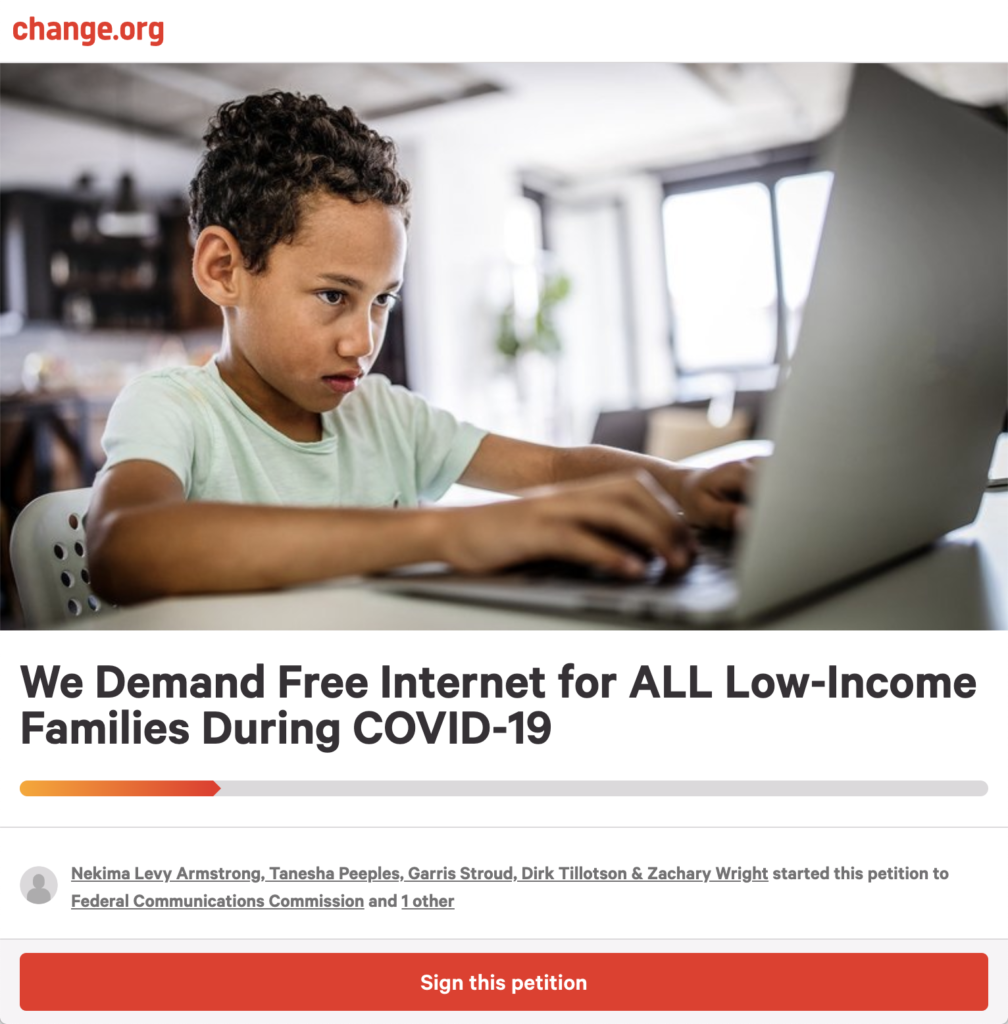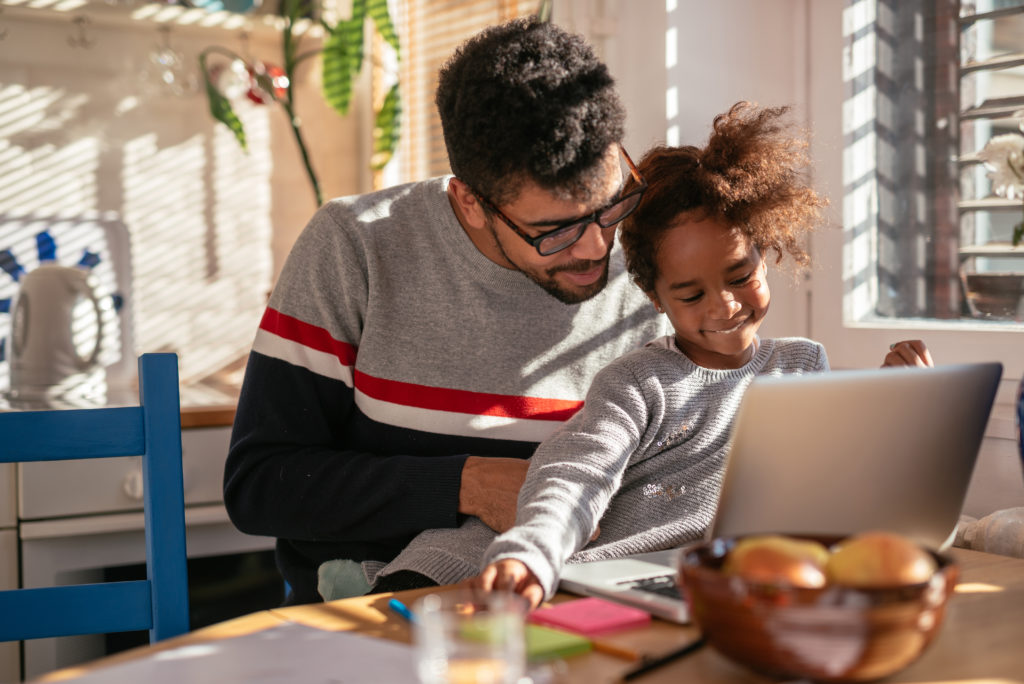Once again, our kids and communities are going to be hit hardest when the last respiratory droplet of the coronavirus dries up.
That’s what I thought to myself recently while standing in front of Jesse Owens Community Academy.
The walls in my house were finally closing in, so I took a break from the shelter in place provision and ventured out for a walk around my neighborhood.
On that excursion, I gained an appreciation for the simpler things in life—a renewed sense of safety and security in moving to a neighborhood in Chicago that was a little more walkable than the one I’d lived in the majority of my life. I listened to birds chirping and picked up a visual reminder that it’s time to start lawn maintenance. That experience offered a brighter side to this pandemic.
But that moment was short-lived as I was thrown back into reality when I turned the corner of 124th and State Street where the elementary school stood.
OPPORTUNITY GAPS WILL WIDEN
Since the spread of the COVID-19 virus, I’ve been most concerned about its impact on the lives of Black, Brown, poor and other marginalized students. So at that moment, I naturally started to think about the fate of the mostly low-income students at this Level 2, intensive support public school and all those in similar situations around the country.
Here are the facts.
Before this pandemic even hit, in some of the most progressive cities across the country, there were significant opportunity gaps between Black, Latinx and White students that I and other activists have been fighting to close.
Now, with students being out of school due to social distancing guidelines, these gaps are sure to widen, even with the district’s rollout of remote and e-learning. One of the most concerning and glaring gaps is the digital divide.
KIDS CAN’T LEARN ONLINE WITHOUT INTERNET
Nearly 200,000 families across Chicago are without internet. Across Illinois, 71% of districts who responded to a recent Illinois State Board of Education survey identified obstacles to remote teaching, with less than 10% having the ability to teach solely online.
While some internet companies have announced that they’re providing low-income families with free internet services through the Keep Americans Connected Pledge, those seemingly generous gestures come with strings attached. For example, up until recently, families who had outstanding balances with Comcast weren’t eligible to take advantage of their Internet Essentials program which offers 60 days of free internet.
Because of the efforts of Oakland activist Dirk Tillotson, Comcast felt the pressure from over 2,000 Oaklanders and recently removed those barriers for low-income families.
But Comcast is just one of more than 650 internet service providers across the country. To influence other ISPs, we need the Federal Communications Commission to step up and lead.
Like the other providers, the FCC has an initiative called the Lifeline Program where they offer “…up to a $9.25 monthly discount on service for eligible low-income subscribers.” They also have the ability to provide coverage in areas that are typically dead zones.
However, during the COVID-19 crisis, they’ve only waived some standard restrictions. Low-income users still have to pay monthly usage fees. That just won’t do.
The FCC needs to go even further by imploring our nation’s telecommunications companies to provide low-income families with free internet, no strings attached.

And people around the country approve this message. That’s why chiefs of education are inundating the FCC with letters. That’s why other activists and I are rallying our communities to pressure the FCC for change now, not later. That’s why outstanding teachers are pointing out that denying internet to students right now is akin to denying them their right to free public education.

So if remote and online learning are our short-term solutions to administering public education, it has to be all hands on deck to fully support that right and our most high need families.
The FCC can narrow the digital divide, but only if we in Chicago, throughout Illinois and across the United States use our collective voices to demand what’s right.
Photo credit: Bernard Bodo for Envato Elements.
Tanesha Peeples
Latest posts by Tanesha Peeples (see all)
- Why Are Black Families Leaving Chicago? Maybe They Can’t Afford to Wait for Better Schools. - November 19, 2021
- We Don’t Give a Damn About Equity Initiatives Without Intentional Investment in Our Kids - November 4, 2021
- I’ll Believe Y’all Are Serious About Black Lives Mattering When You Send More of Our Kids to College Instead of Prison - October 20, 2021

1 comment for “Let’s Keep Pushing the FCC and Internet Providers to Make Sure Kids Are Connected”